 This blog, written by myself and Elizabeth Russell, was originally posted on the Center for Effective Philanthropy’s blog, and is reposted here with permission.
This blog, written by myself and Elizabeth Russell, was originally posted on the Center for Effective Philanthropy’s blog, and is reposted here with permission.
The Center for Effective Philanthropy’s (CEP) new report on transparency is a very valuable tool for introspection for individual foundations — and the wider field of philanthropy — to think about how we define and deliver on our pledges to become more transparent.
As many other writers on CEP’s blog have pointed out, the report shows that while foundations seem to be doing a decent — and in some cases laudable — job of communicating openly about their grantmaking priorities and processes, there is much to be done in the realm of openly sharing lessons learned, both from successes and failures.
This behavior in the field is not all that surprising. It’s human nature, after all, to protect what we feel are our weaknesses and to put ourselves forward in the best possible light. (It’s also part of corporate culture, from which many foundations borrow.) The great tragedy, however, is that this kind of behavior all but guarantees that the lion’s share of philanthropy in our country will remain transactional rather than transformative.
As a funder, being clear about grant guidelines and grant decisions means that grantees understand your rules and how to play by them in order to get the money. That’s a purely transactional relationship. Take it a step further, and say that your foundation is also very transparent about a specific initiative it funds. You’ve had many conversations with stakeholders as you shaped the initiative, and you’ve gone above and beyond to include their input in the design of your new program. That’s laudable, but it’s still a transactional kind of transparency. They helped to build it, but you own it — and ultimately, it’s still a relationship in which you make the rules.
So what might “transformative transparency” look like?
In a nutshell, it’s when your foundation admits vulnerabilities, gives up some control, and digs deep within itself to work toward the same kinds of changes it wants to see in the community. Transformative transparency fosters open channels for two-way conversations about problems and solutions, not processes and policies.
One great example of transformative transparency is in racial equity work. Over the past few years, we’ve had the great privilege to work with some national funders who are intent on learning about and incorporating a racial equity lens in their work. We believe that the foundations that are doing the best job of incorporating equity have turned the lens inward and have been honest and open about what they’ve found there. They’ve been open and honest about things that are uncomfortable to talk about, like their own board diversity, implicit bias in their hiring practices, or the fact that their go-to partners look more like their boards than the communities they serve.
To be transparent in a way that facilitates transformation, foundations have to state — both to themselves and to the field — what they are willing to change internally to lead change externally. Transformative transparency can mean admitting that some long-held practices are no longer best practices. It can mean being bold about admitting mistakes and asking for candid feedback about both successful and not-so-successful programs or initiatives.
It’s also important to realize that transparency isn’t just an external-facing issue. Being transparent in a transformative way may be a bigger hurdle with internal staff than with external audiences for some foundations. Sometimes it’s easier to talk about difficult issues or admit weakness to relative strangers as opposed to those you know best. Again, work around racial equity and inclusion is a great example of internal transparency at work. Foundations that really wish to tackle this issue with authenticity and honesty must be willing to create an environment in which employees feel safe sharing candid stories about their personal experiences, challenging internal policies, and discussing issues that can cause a great deal of discomfort.
Some “transformatively transparent” foundations then go even further and take the bold step of sharing the internal lessons they’ve learned with their grantees and partners as a way to encourage further contemplation and discussion about race equity.
Doing these things makes a funder vulnerable — and that can be scary. But as one colleague of ours asks, “As foundations, what do we really have to lose? Are organizations going to stop coming to us for funds? Is anyone going to ask us NOT to help?”
So what does it take to be transparent in a transformative way?
From our work over the past few years, we’ve observed three key elements in play at foundations that are being transparent in transformative ways.
First, there’s a commitment from the top — and not just from CEOs. Boards of trustees must give permission and make the “safe space” for transformative conversations. Employees need to know that there is no penalty for being open about what’s working and what’s not.
Second, there’s a spirit of trust. Permission can come from the top, but building trust among peers within or around a foundation requires a different kind of effort. Trust can’t be dictated from on high (although it can be modeled there). Instead, transformatively transparent foundations invest in cultivating trust among all staff, and between the foundation and its community of grantees and partners.
And finally, there’s a commonly held belief among staff that being transparent — and transformative — is the right thing to do. Foundations that appear to do best at being transparent in a transformative way tend to hire people who are comfortable and committed to the ideas of transparency and transformation.
Moving from transactional to transformative transparency doesn’t take a huge financial investment, or a shift in grantmaking strategies, or a big public launch. What it does take is courage. We believe that courage exists in our philanthropic community, and we are looking forward to watching it emerge.
Kris Putnam-Walkerly is a global philanthropy advisor, president of Putnam Consulting Group, and author of the forthcoming book, Confident Giving. Follow her on Twitter at @Philanthropy411.
Elizabeth (Betsey) Russell has written for and about philanthropy for 25 years, both independently and as a consultant with Putnam Consulting Group team. Follow her on Twitter at @BetseyPR.






